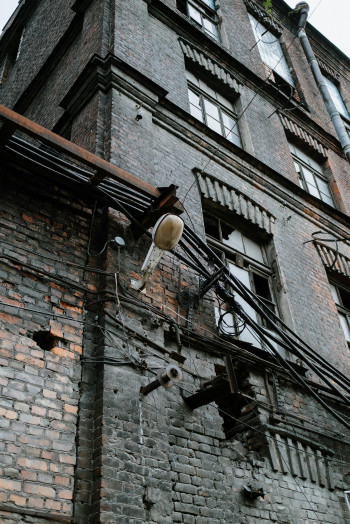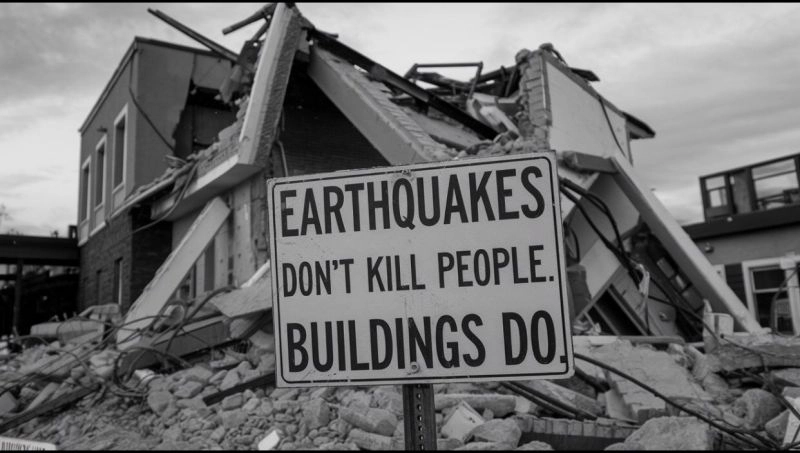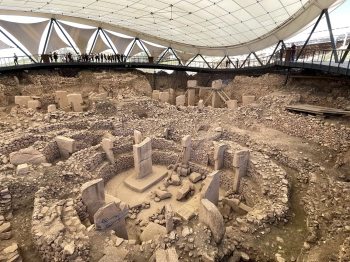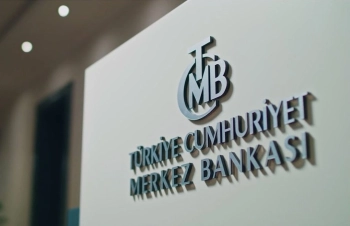What causes buildings to collapse during earthquakes? Why do some structures withstand seismic shocks while others crumble like sandcastles? How much of this devastation is preventable? The tragic reality is that earthquakes themselves are rarely the true killers—instead, it's human negligence, lax regulations, and poor construction practices that turn natural disasters into mass casualties.
The Deadly Role of Negligence in Construction
When an earthquake strikes, the difference between life and death often comes down to the quality of construction. Substandard materials, rushed timelines, and ignored safety protocols create ticking time bombs in urban landscapes. In Turkey's 2023 earthquakes, over 50,000 lives were lost—many due to buildings that violated basic seismic codes.
A real-world example is the infamous "Çelik Apartmanı" in Istanbul, which collapsed despite being far from the epicenter. Investigations revealed the builder had used sea sand (which corrodes steel) and removed supporting columns to create extra retail space. 
The Failure of Oversight Systems
Why do dangerous buildings get approved? Most countries have seismic construction codes, but enforcement is often weak due to:
- Corruption in permitting processes
- Understaffed inspection agencies
- Political pressure for rapid urban development
In Mexico City's 2017 earthquake, 38 schools collapsed—all built under a corrupt government program that skipped proper inspections. Similar patterns emerged in Haiti's 2010 quake where "tofu-dreg buildings" (shoddy construction) multiplied due to absent oversight.
Cost-Cutting That Costs Lives
Builders often compromise on three critical areas to save money:
1. Material Quality
Using low-grade concrete or under-specification steel reduces costs by 15-20% but increases collapse risks by 300%.
2. Design Simplifications
Omitting seismic features like shear walls or base isolators cuts construction time but eliminates earthquake resilience.
3. Labor Practices
Unskilled workers paid daily wages often lack training in seismic-resistant techniques.
The 1999 Izmit earthquake in Turkey exposed how cost-cutting led to pancake collapses—floors vertically compacting—in newer buildings while older, properly built structures survived.
Solutions That Save Lives
Proven measures can dramatically reduce earthquake fatalities:
- Retrofitting programs: Japan's $1.5B annual subsidy for reinforcing older buildings
- Blockchain permits: Chile's transparent digital system prevents forged approvals
- Community audits: Nepal's neighbourhood teams monitoring construction quality
After Christchurch's 2011 earthquake, New Zealand implemented mandatory "quake tags" rating buildings' seismic safety—a model now adopted in California.
The Human Factor: Changing Mindsets
Ultimately, earthquake resilience requires shifting cultural attitudes:
- Homebuyers prioritizing safety over square footage
- Developers branding "quake-proof" as a premium feature
- Governments publicizing inspection results like restaurant hygiene grades
Tokyo's property market now sees 15-20% premiums for certified earthquake-resistant homes—proof that safety can become a market driver.
A Call for Global Action
With 3 billion people living in earthquake zones, this isn't just Turkey's or Mexico's problem. The international community must:
- Establish global construction safety standards
- Fund independent inspection bodies
- Create disaster accountability courts
The 2004 Indian Ocean tsunami showed how coordinated early warning systems save lives—we need similar cooperation for building safety.






